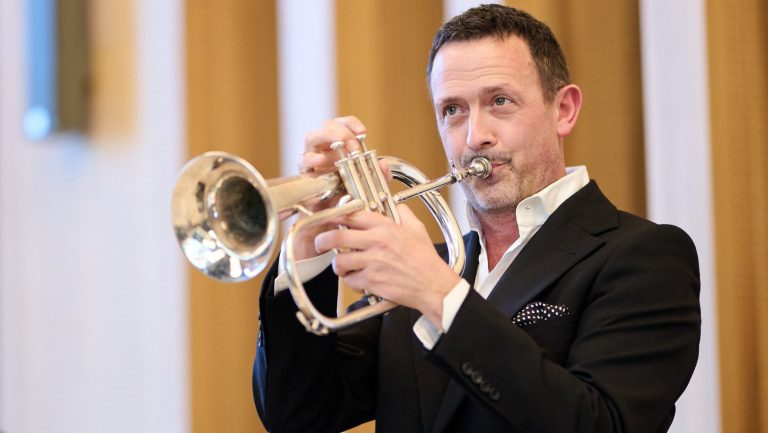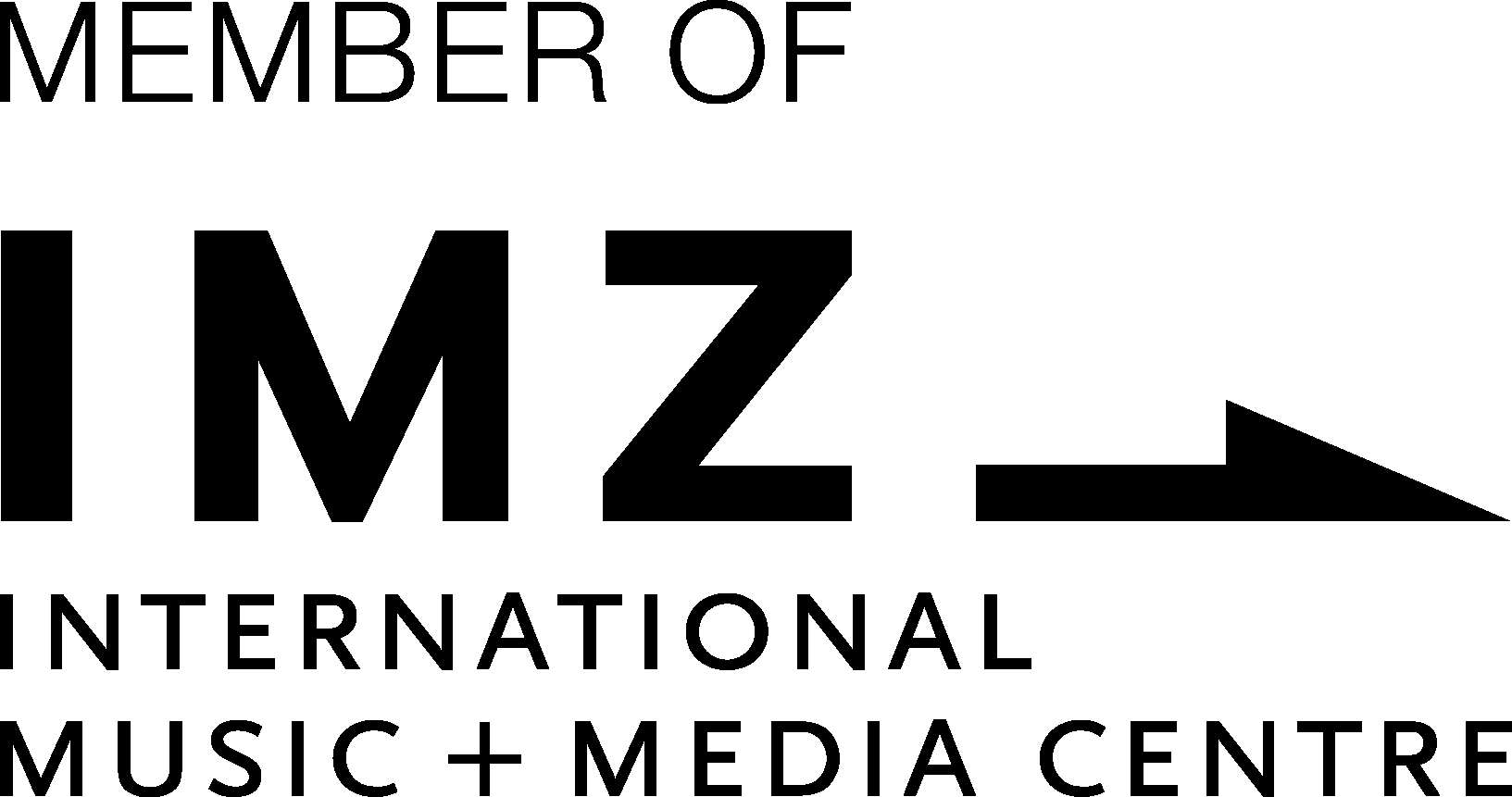Till Brönner, the world-renowned jazz trumpeter, presents himself in a different genre at the Ludwig Museum – as a photographer. The artist is no stranger in Hungary as his exhibition, Identity-European Vision shows. We asked him about the challenges of portrait photography and the meeting points of music and photography.
– How did you choose the pictures for the Budapest exhibition? What was the organizing principle?
– The title of the exhibition is Identity Landscape Europe – the story behind it, of course, is that all pictures are taken by an artist who is working in different disciplines. So I’m a musician and I’m a photographer as well. And it doesn’t come as a surprise that you can see a lot of musicians or artists in the exhibition. But I also think that portraying our continent, which is a long journey and it’s certainly not over, as you can see in the exhibition, because these are just a few aspects.
This is a project spanning over years in countries and various places to show. And I’m very fortunate to have Hungary as the third place. So it is still at the beginning to show this kind of idea. And as the exhibition moves to another city or country, I know already that it will look different each time. So the distillation of what we want to say will actually come out even more from exhibition to exhibition. But the common soil I’m trying to portray and describe through the art is that artists have an interesting and actually mind-blowing way to connect with each other and to overcome things that divide countries and cultures from each other while we’re actually very close.
So, my discipline is actually to connect people, to open them up through my art. And I can show that very well by actually portraying the people that I meet. I like to raise discussions. I like to raise questions rather than showing something that I feel is the end of story. It’s certainly not the end of a story. It’s the beginning of a search and of a new description of our common European identity. After all, Europe is still a very popular place for artists to live, to travel, to settle because you feel like there’s still so much more freedom being provided than in many other parts of the world.
– I think it’s very interesting that you’re analysing national identity, and European identity through musicians as they tend to be quite international people because they travel a lot. I assume sometimes it’s hard to preserve your integrity, your nationality, your roots.
– Yes, I think I know exactly what you mean. Of course, I can tell what the German part of me is. And sometimes I like it and sometimes I don’t like it that much. I will never forget when I spent a few years in the U.S. I often got the line, “Come on, don’t be so German!” I didn’t actually understand what they were talking about. Then they explained it to me. That is a great thing, that through communication and collaboration, I might actually become the best German that I can possibly be. There are so many barriers and clichés, but there is so much truth to every cliché about a German. We can only get better if we see ourselves reflected in other countries.
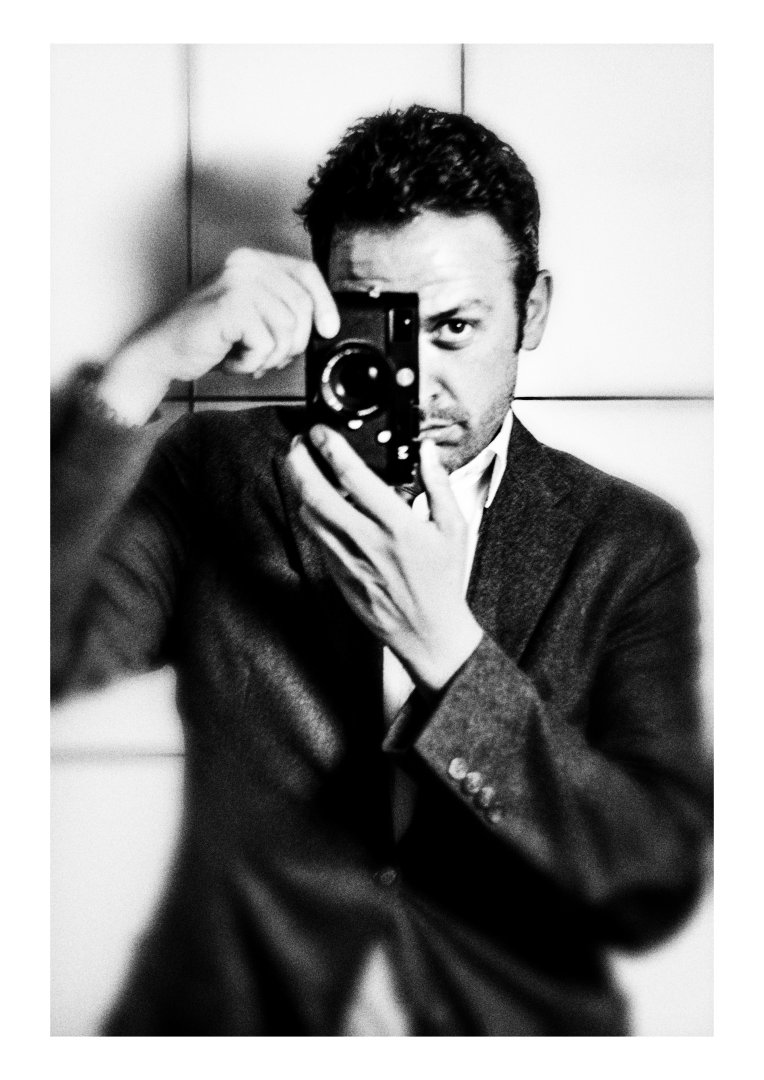
We have to travel to other places, to find out who we really are. And I’m sure you’ll find the same thing with Hungarians. When you travel elsewhere, somebody has an image of you that they find in you or they feel they see in you. Sometimes it’s funny.
– What does it take to make a good portrait? Do you need to know your subject before? Do you think it’s easier for you that you have this connection before the photoshoot?
– I don’t think that you have to know the person you’re photographing to take a good picture. Most people might actually accept you because you are who you are as a musician and therefore they don’t fear you. But there are many photographs in this exhibition, especially portraits, where I had to make a simple appointment, where the doors would not open as much or as easily as they did. I even asked a few people for a photograph or a portrait that they did not accept.
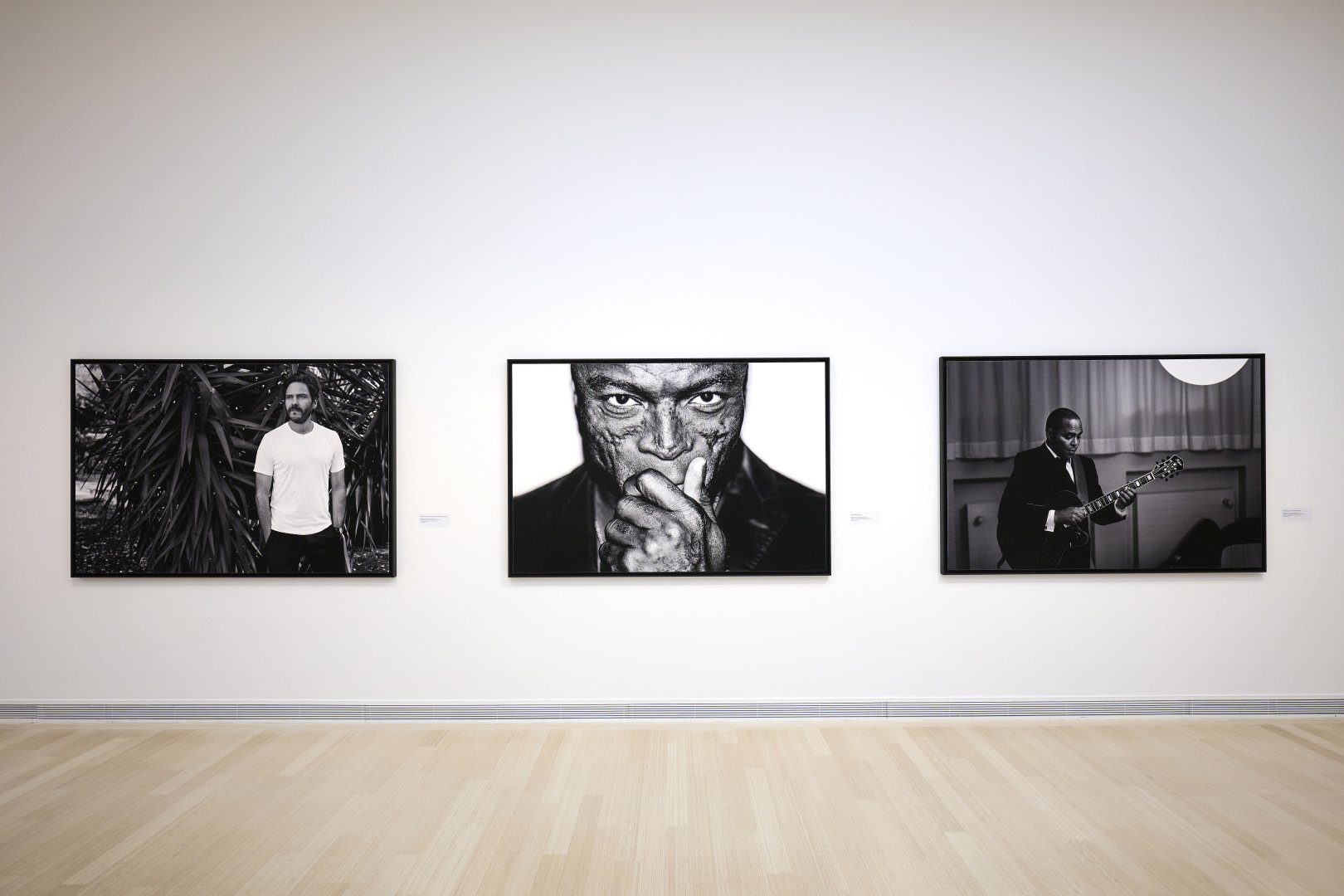
So, the turn down rate is also there. And that’s something that’s sometimes a bit more difficult to handle as a photographer than as a musician because music connects very easily. If you feel you like someone’s work, it’s probably easy to connect and work with each other. Photography and photographic work is a very personal thing and not every artist, not every person or celebrity likes to be photographed. Many of them love music, but definitely not everyone is into photography or pictures being taken of them. Many people hate it.
– It’s interesting because most of these people are got used to representing themselves in some way. Do you think that’s why they are more conscious of their images? They have their own ways of presenting themselves?
– Yes, I think photography means something else for everyone. Some people are afraid and absolutely terrified by a picture that’s taken of them. Others are very open and they can’t take enough pictures and they invite you for everything. Every time I photograph, I try to make my counterpart feel at ease. I should accept if someone is nervous, but I should become as good as I can and I should come across as someone that knows what he wants – and sometimes disappears after a couple of seconds because I have what I was looking for. But I think that’s my job as a photographer to work with Plan B, because Plan A is good, but sometimes you only get Plan B.
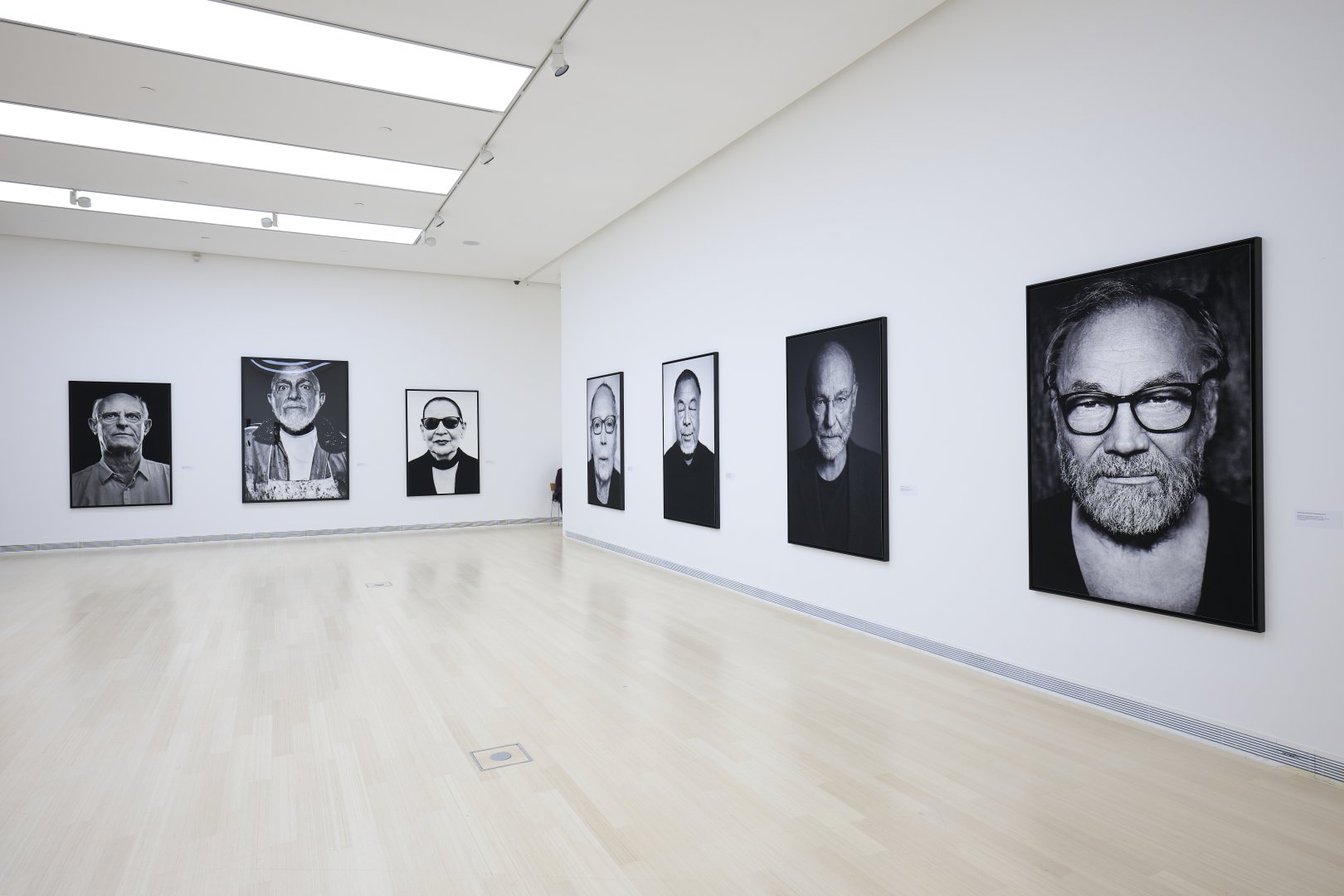
Regarding the fact that it’s so easy to take a few hundred pictures within few seconds only it’s great to see that in 90% of the time I end up with the very first pictures I took. So, arranging pictures and taking energy out of photographs is where you can trust that you’ll get there by actually letting your personality out and being in good shape when it starts, because it’s mostly going to happen in the beginning.
– It sounds a little bit like improvisation in jazz.
– Absolutely. You come to the set and the big difference with photography is that the music is a now or never business. When I come to the stage in a city, I prepare for that very moment, and there’s no second chance, at least not in that town, not in that season, not for now. And that gives you a bit of positive pressure to actually show up in good shape.
Photography is a bit easier because of course you have to live with all circumstances, including someone not being happy to be photographed, but you can show your work later on along the way. If you take 100 pictures, take your time, go on holiday, and when you come back you can still look at the pictures and probably know a bit better which ones to show and which ones to keep for yourself.
– As an artist, what do you get from photography and what does music give to you?
– I get a lot of joy from both. I mean looking at a still image seems to be a very uncommon and old-fashioned thing to do because we are surrounded by moving pictures, little clips. But to stand in a museum and looking at a photograph that doesn’t escape, that actually faces you, that’s a big privilege these days. You can start a search in that very photograph and probably find a lot more energy than in a movie that’s trying to tell you what to think.
– And what about your music?
– Music is like a moving page, a process. Like I said, it’s a now or never process. And when I photograph, I think that you can see some of my music in it. It’s a bit strange to say it like that. If you’re not afraid of sudden changes, then you’re probably could be a very good jazz musician. I’m not afraid of sudden change. I’m not afraid to go with the flow. I’m not afraid to change the concept onstage right now. That has a lot in common with photography.

– You are no stranger in Hungary, even some of the photos of the exhibition take place here. Have you visited Hungary for business/music or just for vacation?
– Actually both. I don’t think I have to flatter Hungarians with saying how much influence they had in the art and entertainment worldwide. I think that the music that I love so much, which is called jazz, has many of its roots over here in this part of the world.
I think there is some very reliable studies on the question whether jazz was actually created in the U.S. but I believe that the roots of jazz should be found over here actually. Because of the way that musicians, some of these cultural veins came together and the art of improvisation is not necessarily a jazz art. Of course, the main element in jazz is improvisation, but it has been used in some other places.
– Baroque music has improvisation as well…
– Yes, sometimes I daydream of witnessing Johann Sebastian Bach as he is at his organ, improvising and creating something on the spot because that will change the world completely.
But the most important thing is that as musicians and artists, we always love to connect. I always want to connect more than I want to stay away from something. One of the artists living in Germany, Leslie Mándoki is an absolute master of bringing together nationalities, personalities and people who share the same language and the same ideas together, because that is also a talent.
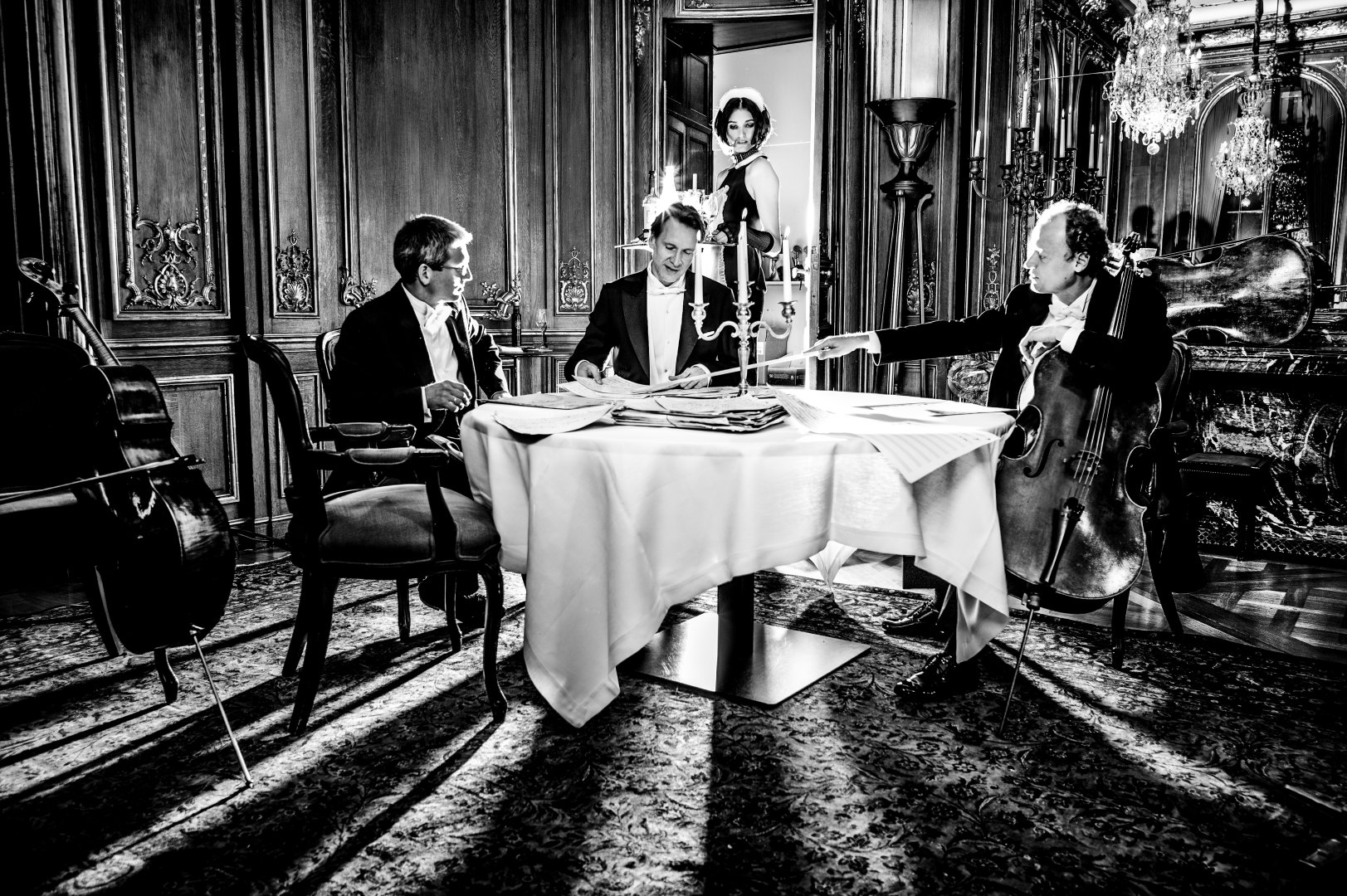
So it’s not enough to have musical talent. You also have to have the guts and the strength to bring people together and keep them on stage. So, somebody will witness something very special that you can only see and hear tonight, because tomorrow is going to sound completely different.
– What is your suggestion to the visitors to approach your work?
– My wish is actually to go through the exhibition and feel that, the current project is something that is still in the process of becoming. Because I think there’s nothing more boring than a work of art that’s closed and finished. As a musician, I love to think about this as performing, where even though you play a composition or you improvise on a certain theme, it will sound different every night.
I think if you look at art, the great ones seem to be in motion and still have something to tell you. I wish and I believe that an exhibition, especially a photo one, needs to stay in motion. I’m sure that if you visit the next place in a different country the exhibition will look different again.

